Dealing with a pandemic and unprecedented demand
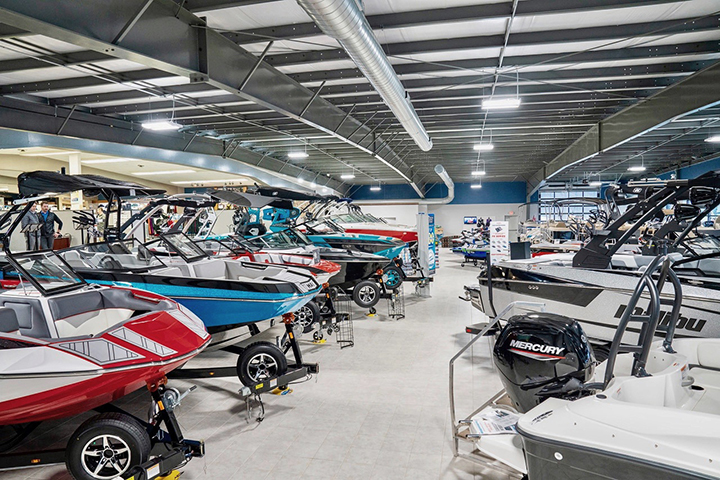
By David Gee
There are approximately 4,300 recreational boat dealers in the U.S., but the largest 50 of them generate about 30% of the industry’s $12 billion annual revenue, according to Dun & Bradstreet. So let’s call the industry fragmented.
Given that starting point, what is it like to run a boat dealership these days? Especially this summer of 2020? What are the biggest challenges? Is there still a place for the solo owner/operator?
When I first envisioned this article, trying to find some answers to those questions, and more, were foremost in my mind. I initially cast a pretty wide net, and was probably a little overly ambitious in several respects, given how busy every boat dealer in the country has been these past few months.
And while it’s sometimes a little misleading to let a few speak for many, when you literally hear the exact same stories from every dealer you speak with from May to today, I think you can draw some pretty accurate conclusions.
Besides, I tend to favor quality over quantity anyway, and I’m sure you will find value in what the dealers we spoke with have to say.
Brief recap
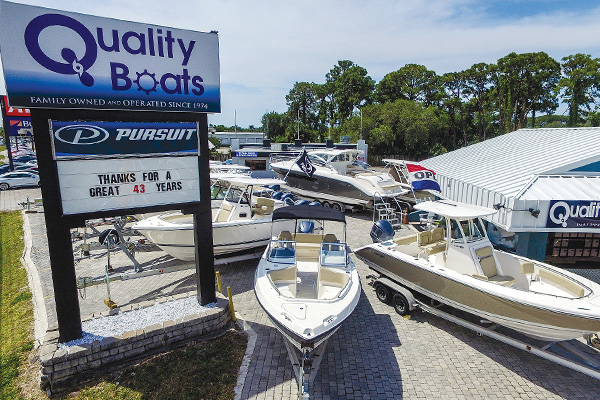
Speaking of quality, it probably wasn’t a coincidence that the first dealer we heard back from was Dan Bair. He owns and runs Quality Boats of Clearwater with his brother David, and they were our Boating Industry Top 100 Dealer of the Year in 2019.
“The year started out strong for us, up almost 25% over last year through the end of March,” said Dan Bair via e-mail. “After the pandemic broke, things slowed down considerably, and we had customers who wanted to get out of agreements rather then get in them. After several weeks though, the proverbial light switch suddenly came on and we have never been busier. We set sales records over the past three months and are close to being out of inventory. We expect we will have inventory shortages through the rest of the calendar year and probably through the model year. Most of our inbound inventory is pre-sold.”
In Central Florida, Regal & Nautique of Orlando dealer principal Jeff Husby, who came in at No. 4 in last year’s Top 100, shared a similar timeline.
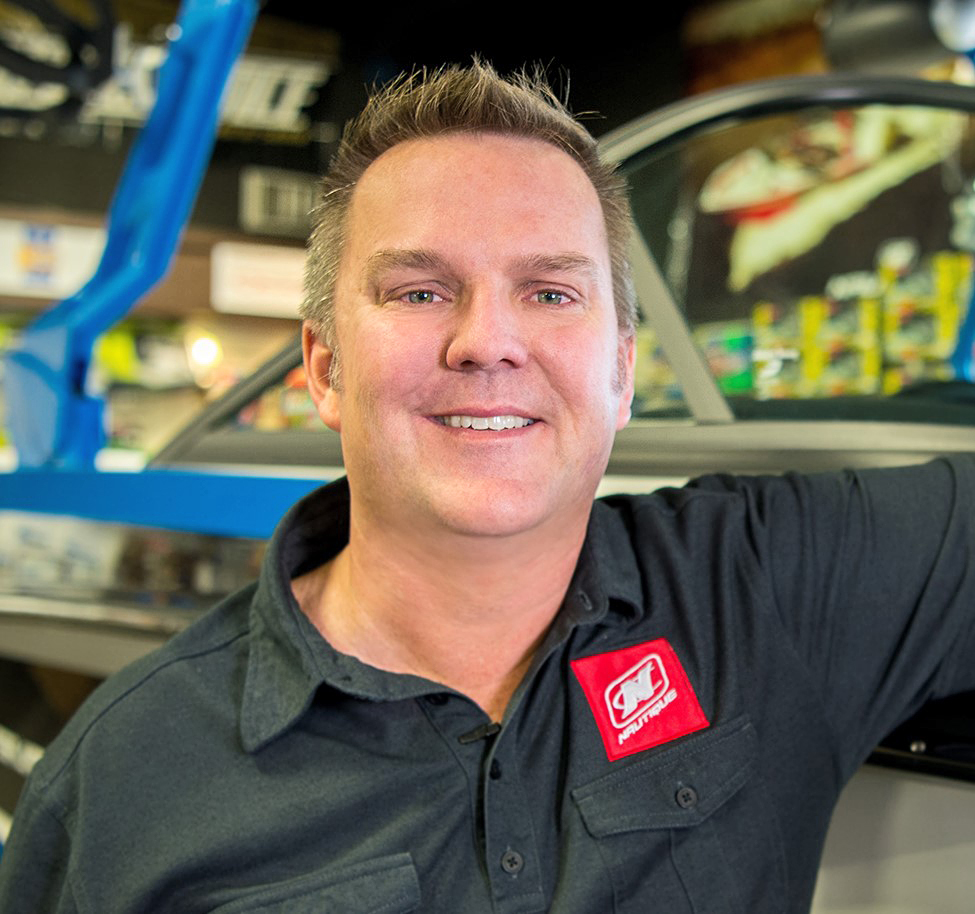
“At the beginning of 2020 it looked like we were on track to have about a 10% increase over 2019,” stated Husby in a long phone call with Boating Industry. “When COVID-19 hit I think we all got nervous right away and were expecting the worst. I wholesaled some used boats I took on trade that I might otherwise have kept and kind of prepared us for a scenario where cash was going to be tight.
“We had about four or five employees who were nervous about coming in, had young families or pregnant wives or whatever, and asked to stay home,” continued Husby. “We kept them on the payroll but accommodated those requests. Much to our amazement that quiet period only lasted for a few weeks. Then things went crazy as the boat buying frenzy started and we sold 200 boats in 75 days! I have been in this business for 28 years and it was the wildest three-month stretch I have ever experienced and could ever imagine experiencing.”
Selling – and delivering – that many boats in that short of a time period will put pressure on every part of your sales and service process, and we’ll hear more about that a little later in the article.
Paul and Ted Terzian know all about providing good service. Their Causeway Marine in Manahawkin, New Jersey won Best in Class honors for Service at last year’s Top 100 gala celebration. Paul puts it mildly when he says he wasn’t doing much celebrating in February and March as he watched the stock market crash.
“Things were rolling along at a decent clip, and our Atlantic City Boat Show is where it all started to change,” recounts Paul. “On the Monday before the show started, the stock market dropped. We figured we just burned 100K worth of boat show money, but thankfully, we were proven wrong, Way wrong. We sold boats left, right and up the middle on Saturday and Sunday. It’s as if the market was completely ignored. We were as thankful as we were dumbfounded.”
Terzian said they ended up giving back gave back over a third of the ground they had gained since the start of the year, due to the initial coronavirus outbreak. And although the sales department was shut down for a time, their service department stayed very busy, and then the floodgates opened when their showroom re-opened.
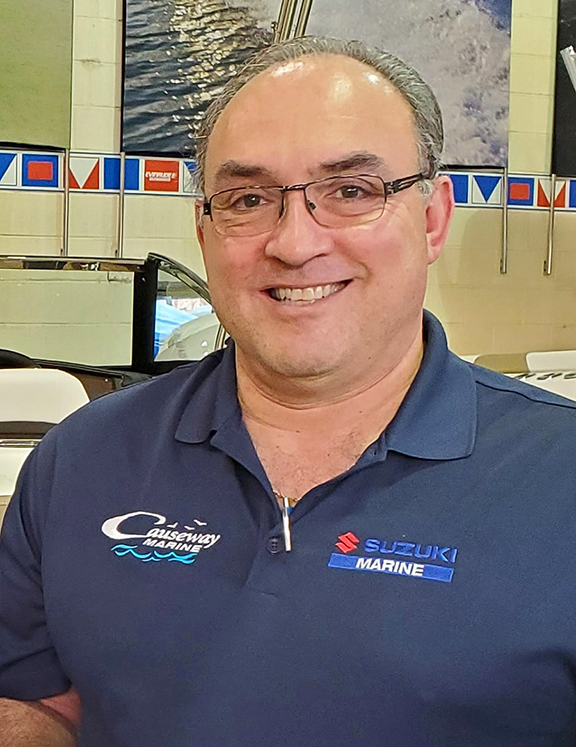
“Over the next eight to 10 weeks, we experienced unprecedented sales activity,” Paul said. “It was something you could almost call a buying frenzy. We ran out of one model after another, and in some brands, are nearly out of stock due to stocking orders not coming in thanks to plant shutdowns. Barring any unforeseen halt of activity, even after the late start and the big hole we had to dig out of, plus the strong increases in operational costs due to Covid-19, it appears that we may end up with a good year overall.”
Jim Armington of Ohio’s Buckeye Sports Center, another Boating Industry Top 100 dealer, said they held a company meeting in mid-March to figure out how they were going to stay profitable on a fraction of both their sales and service business.
“By the end of the first week in April we realized people were looking for a way to recreate with their families and social distance at the same time and sales picked up significantly!” Armington said emphatically. “In April, May, June and July our business was up double or triple our previous records and YTD we are up 100%. A lot of this is due to Covid, but we also opened a new 11,000 square-foot addition to our show room, to go with our new service facility, so we were in a great position to take advantage of the surge in traffic.”
Pros and cons of the COVID-19 sales surge
“The positive side to this is of course is just the sheer numbers of new boats – and boaters – that are on the water,” says Husby. “The potential downside is for some missing pieces. What of those situations where the delivery, or the education process, or the hand holding with a new boater wasn’t to the level we expect, and they expect? We’re simply not staffed to sell – and deliver – that number of boats in that kind of condensed time period.
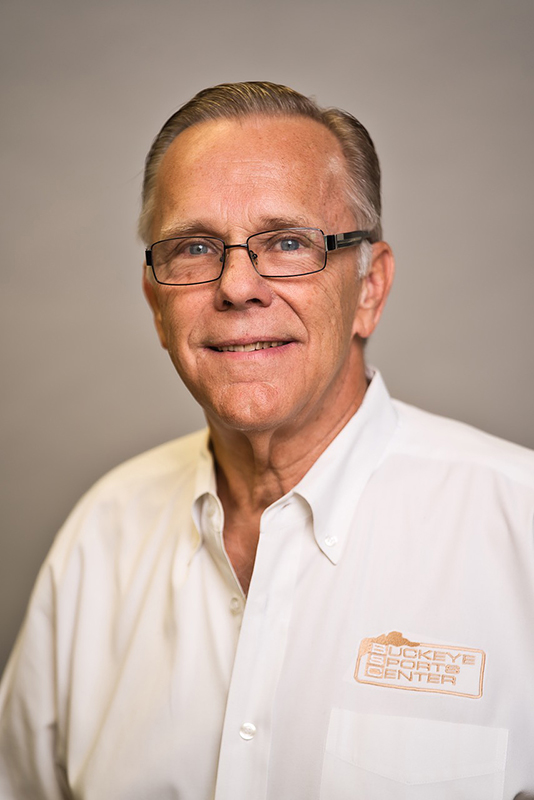
“And it wasn’t just us,” Husby continued. “It was other parts of the boating industry as well. In the middle of this boom I spoke to our lender and they said every night for a month they had 200 deals stacked up waiting for approval and funding. So that’s a challenge to maintain the kind of standards all of us strive for.” “We have been able to maintain high CSI and ESI even with the huge growth and employees and customers all really appreciate the new facilities and experience they create. They say its ‘like a boat show every day,’” adds Armington. “Our biggest challenge in the short term is trying to forecast sales/service inventory and staff requirements for the next 12 months with Covid-19, the election and all the other outside influences that impact our business. Long term we need to focus on a culture of continuous improvement. Even with the new facilities, processes, new products and greatly improved customer experience, we still have lots of room to get even better.”
Paul Terzian strives for continuous improvement in his operation every year as well, though he says it seems like each year in business comes with a new layer of challenges. Of course, that is especially true this year.
“In the coronavirus age, we try and run our business as close as we can to usual, but the level of uncertainty that normally exists has jumped to stratospheric heights,” states Terzian. “No matter how long the list of challenges gets though, the top spot continues to be held by lack of available additional qualified personnel. This year, a close second goes to The Unknown. What’s going on with COVID? What’s REALLY Going On With COVID? How much should we increase our orders based on this year’s activity? How much of the sales growth is attributable to the booming economy that is/was hampered by COVID and how much is based on the COVID effect?”
As we used to say in the TV news business, “there are more questions than answers.” Back to you.
Owner/Operators
One of the final questions I had is where the owner/operator, often with a single location, fits into today’s recreational boating dealer landscape? And from the dealers we heard from, they feel they fit in quite nicely thank you.
“As an independent we are able to make adjustments and improvements faster, take advantage of opportunities quicker without having to get approval and keep our marketing and training more relevant to our specific market,” stated Buckeye’s Armington, who has now passed his store’s leadership to the third generation. “Although we try to build the business in a way that it would create the most marketable entity, we are more focused on getting better every year. With the growth in sales we have had over the last few years, generating a 10-13% bottom line, the improvements we have made and carrying no debt except for some floorplan, we are very happy with our future outlook as an independent.”
“The smaller ship is a good bit easier to steer if a sudden change in course becomes necessary,” adds Causeway Marine’s Paul Terzian. “In addition, I believe that quality mom and pops generally provide a better experience, and I have always felt that. I don’t just sell boats. I’m in business to provide positive experiences for our customers and their families. There will always be a place for dealerships that take care of their customers and help the industry grow as a result.”
“There are certainly inherent advantages when it comes to being big or small,” opined Quality Boats of Clearwater’s Dan Bair. “We feel we are kind of in-between. We’re large enough to generate income to support our customer and team members for the long run, but small enough not to lose focus on our core values and goals.”
Regal & Nautique of Orlando’s Jeff Husby touts not only their agility, and his ability to make a decision on the spot, but also the fact there is no substitute for a hard-earned reputation. One that in his case, is nearly three decades in the making. “Most of our employees, including nearly all of our sales staff, have been here since day one. So I have long relationships with them and they have very deep and long-standing relationships with our customers in Central Florida. Our reputation has been built along with our customer base over all those years. Our customers are our best brand champions, and that’s the way we have built our business. I am always of the mind that an owner/operator who has skin in the game has an advantage.”




